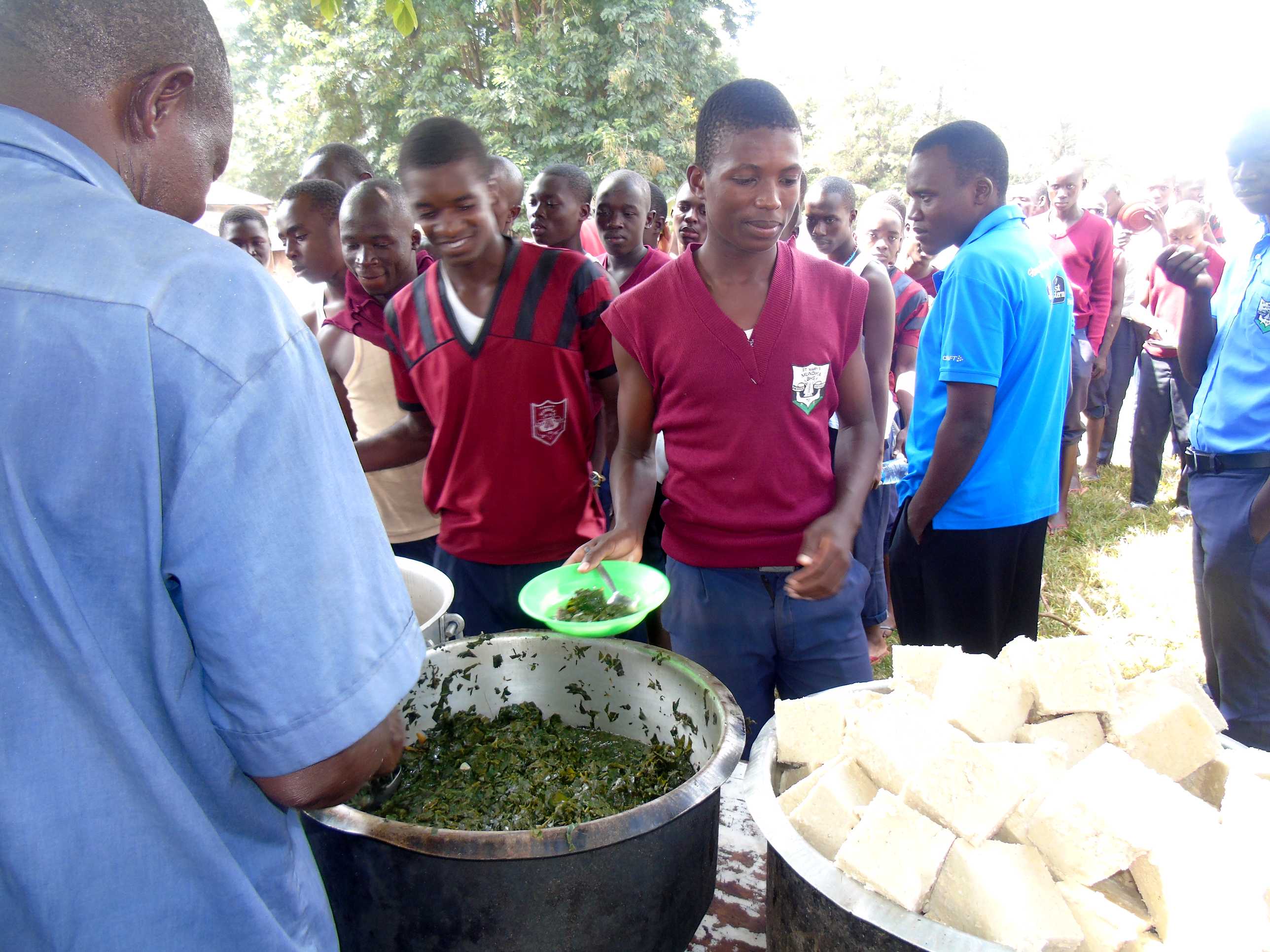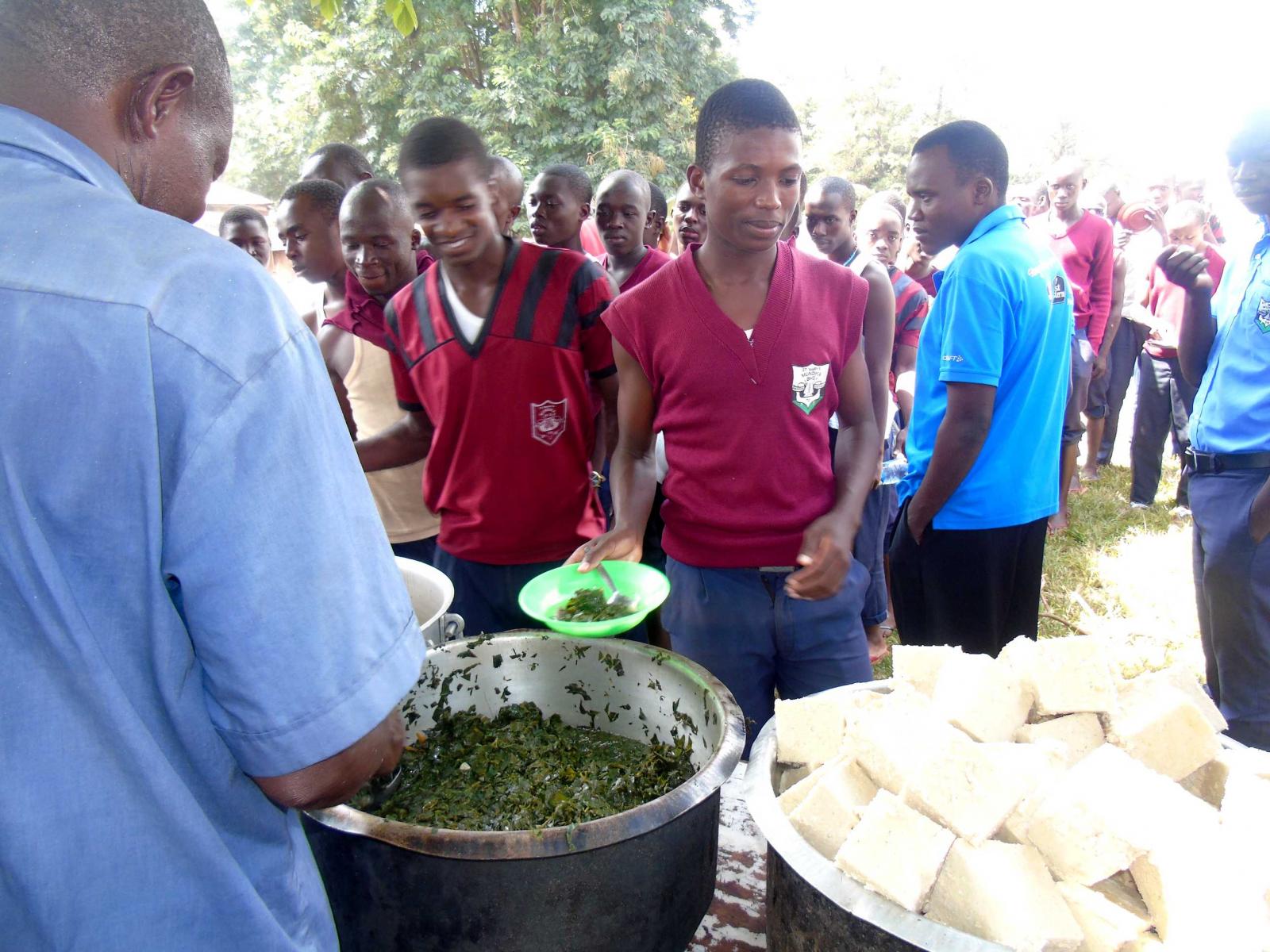An Overview Of Our Solution
- Population Impacted:
- Continent: Africa
Organization type
Population impacted
Size of agricultural area
Production quantity
People employed
Describe your solution
Describe your implementation
External connections
What is the environmental or ecological challenge you are targeting with your solution?
Describe the context in which you are operating
Due to its favourable ecogeographic conditions, Busia County is one of Kenya's administrative divisions that is expected to produce enough food to feed its people and provide surplus to feed other parts of the country. However, Kenya's demographic and health survey carried out in 2014 reveals that poverty rates in Busia range from 63% to 74%. Two out of three citizens are unable to meet their basic food needs and 26.6% children under five are stunted, 11% are underweight and 4% are thin due to malnutrition. Studies have shown that farmers in Busia lack awareness of improved agricultural practices and technical know-how because extension staff are too few and lack transport and resources to reach the high number of small-scale farmers. Low government investments and support for farmers, lack of quality seed, limited access to markets and finance, as well as poor knowledge of value addition, post-harvest handling, food safety and hygiene practices further exacerbate these problems. Further, the focus of agricultural development on producing larger quantities of a few, energy-rich staples has led to the neglect of a large number of highly nutritious local species which are rapidly disappearing from the environment and from people’s diets.
How did you impact natural resource use and greenhouse gas emissions?
Language(s)
Social/Community
Water
Food Security/Nutrition
Economic/Sustainable Development
Climate
Sustainability
Initially relying on grant funding, farming of ALVs as a profitable business is gaining ground in Busia County with farmers increasingly willing to invest resources in ALV production and marketing. Working with farmer group and schools, a workable procurement model was tested and validated where farmer groups were linked to a market (school) for the supply of ALVs at a negotiated price. By demonstrating durable demand at known and fair prices and farmers trained to compete in complicated procurement processes, ALVs are now gradually appearing in markets and school meals and would likely lead to sustainable scaling up in more places over time. The farmers have even opened up their own commercial outlet along the Busia road.
Return on investment
Entrant Image

